When babies reach six months, their rapid growth and development require more energy and nutrients than breast milk alone can provide. Worried about their growing needs, parents start to fret about their babies being ready for solid foods in addition to breastmilk.
Starting solids is quite a big deal, especially for new parents, because it can be difficult to tell whether your baby is ready to start eating solids or not. In this post, you’ll learn all the signs you need to look out for before you begin to offer solids to your infant.
Why Wait until 6 months to introduce Solids?
It’s best to wait until your baby is about six months before introducing solid foods because:
- Until your baby is about six months old, breast milk or first infant formula will provide the energy and nutrients they require.
- Waiting until your baby is around six months old allows them to develop sufficiently to come to terms with solid foods such as pures and cereals.
- Feeding your baby only breast milk until they are about six months old will help protect them from illness and infection.
- By this time, your baby is more adept at moving food in their mouth by chewing and swallowing.
- Your baby will be able to feed themselves more easily at six months.
Signs that your baby is ready to start eating Solids
If you’re still unsure if your baby is ready for solid foods, before you introduce solids to your baby, look out for the following signs that show that your baby is developmentally ready:
Baby can sit with Minimal Support
By 46 months of age, a baby may be able to sit up with some assistance, and by six months, they may not need support.
Your baby should not advance to solid foods unless they can sit upright, which reduces the risk of choking. Therefore, while safety is always the priority, feeding will be more successful if the baby can sit up independently.
Baby can hold head upright and steady
The gross motor skill of steadily holding their head, neck, and torso up is required for your baby to perform fine motor skills (like chewing, picking up objects, scooping with a spoon, etc.).
Independent movement of the jaw, lips, and tongue (necessary for learning how to chew and move food around in the mouth) occur only after your baby has developed the power to hold their head and neck up.
In addition to eating successfully, having the head aligned over the shoulders and the core strength to keep the torso upright indicates that your baby’s airway is open. As a result, food can be smoothly guided down the correct pipe (esophagus) rather than the incorrect one (airway) to minimize choking.
Baby shows interest in food
You may find your baby staring at your meals and reaching for food as it moves from your plate to your mouth during family meals. They show interest by opening their mouth for an incoming spoon and may also reach out to grab food or spoons to put in their mouth.
Baby begins to imitate eating behaviors
Take note of your baby’s actions and gestures. For example, if they imitate your eating habits, it could signify that they are preparing for the real thing. Your baby, at this point, may begin to smack lips and gums and chew.
Baby has increased appetite
As your baby begins to transition, one of the signs is that your baby will be much hungrier than usual. They might want to feed longer and more frequently, and their feeding times may change. You will discover that your baby is asking for more frequent milk feeds and displaying two or more of the signs listed.
Baby has lost the tongue-thrust reflex
In infants, the tongue-thrust reflex occurs when the tongue moves forward from the mouth to assist with breast and bottle feeding. That lasts for about 5-6 months to keep the baby from choking. As babies transition to being ready for solid foods, their tongue thrust should go away.
The primary functions of the tongue-thrust reflex include:
- Pushing items out of the mouth quickly
- Maintaining a clear airway
- Guarding against choking
Babies typically stop using their tongues to push food out of their mouths when they are about four to six months old and begin to develop the coordination to move solid food from the front of the mouth to the back for swallowing. That is an excellent sign that they are ready to start eating solids.
Baby has better coordination
Good hand-eye coordination development is one of your baby’s first opportunities to interact with and manipulate the world around them. The ability of your baby to master hand-eye coordination is one of the signs that they are ready to start solids.
Good coordination means that your baby is on their way to picking up food and putting it in their mouth.
Best First Foods for your Baby
The goal of the baby’s first solid foods is to introduce them to flavors, nutrients, and foods that they can easily eat or suck on. The best ten first foods for your baby include:
- Banana
- Egg
- Sweet Potato
- Squash
- Yogurt
- Avacado
- Apple
- Salmon
- Green Beans
- Broccoli
All of the above can be served as purees or used for baby-led weaning.
Purees
A puree is a creamy mixture of liquidized or crushed fruit or vegetables. It is advised to serve purees earlier on for an easier transition to eating solids for the baby. Purees are best made using a baby food maker and by following the steps below:
- Steam fruits and vegetables for up to 15 minutes, or until the mixture thickens, in a pan, steamer, or slow cooker. After cooking, mash or blend until smooth. Quook is designed to perform steaming and blending functions at the touch of a button.
- Thin the consistency of your puere with enough liquid or water by mixing it with formula or breast milk.
- Baby’s puree is ready to be served.
Baby-led Weaning
Baby-led weaning is a practice in which babies six months and older skip straight to finger foods after being introduced to solids, skipping purees and mashed foods.
Feedi is the most suitable equipment for your baby as they begin their baby-led weaning journey. The essential dining five-piece set for your baby is made up of:
- Gum-Friendly Utensil Set
- Multi-Segment Plate with Suction Base
- Spill Guard Bowl with Suction Base
- Adjustable Bib with Large Catch Pocket
How to get started with Solids
Introducing solids does not happen in a day. You may need to try multiple times before your baby begins to come to terms with trying out solids. To get started:
- Choose a time when your baby is satisfied and not too hungry, sleepy, or weepy.
- Choose one food to start with. Then, feed it to your baby for a few days before actually introducing the following new food type to test for allergic reactions.
- If you provide cereal, make sure it is made specifically for babies; they are fortified with specific nutrients that babies require at this age.
- If you notice rashes, vomiting, or diarrhea after introducing a new food, discontinue the feeding and consult your pediatrician.
In Conclusion
It’s important not to wait too long before they are ready for solid foods to your little one. Your baby’s body requires the extra energy and nutrients to help them grow. If you wait too long, your baby may stop gaining weight at a healthy rate, and you risk them becoming thin and weak.
So go ahead and introduce your baby to their first solid food as soon as they begin to exhibit the above signs. And remember to use Quook and Feedi to make the transition to solids relatively easy for both you and your baby.
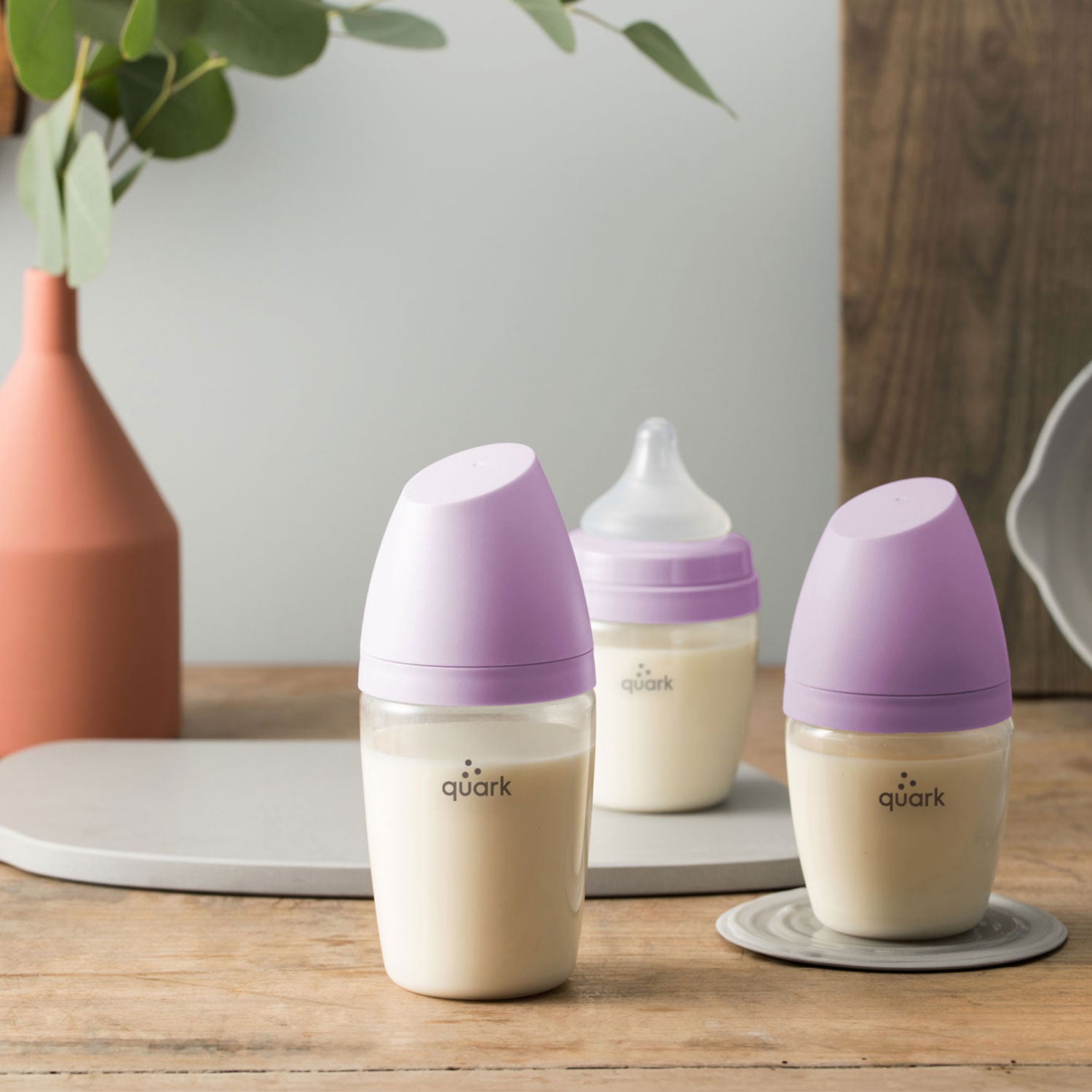
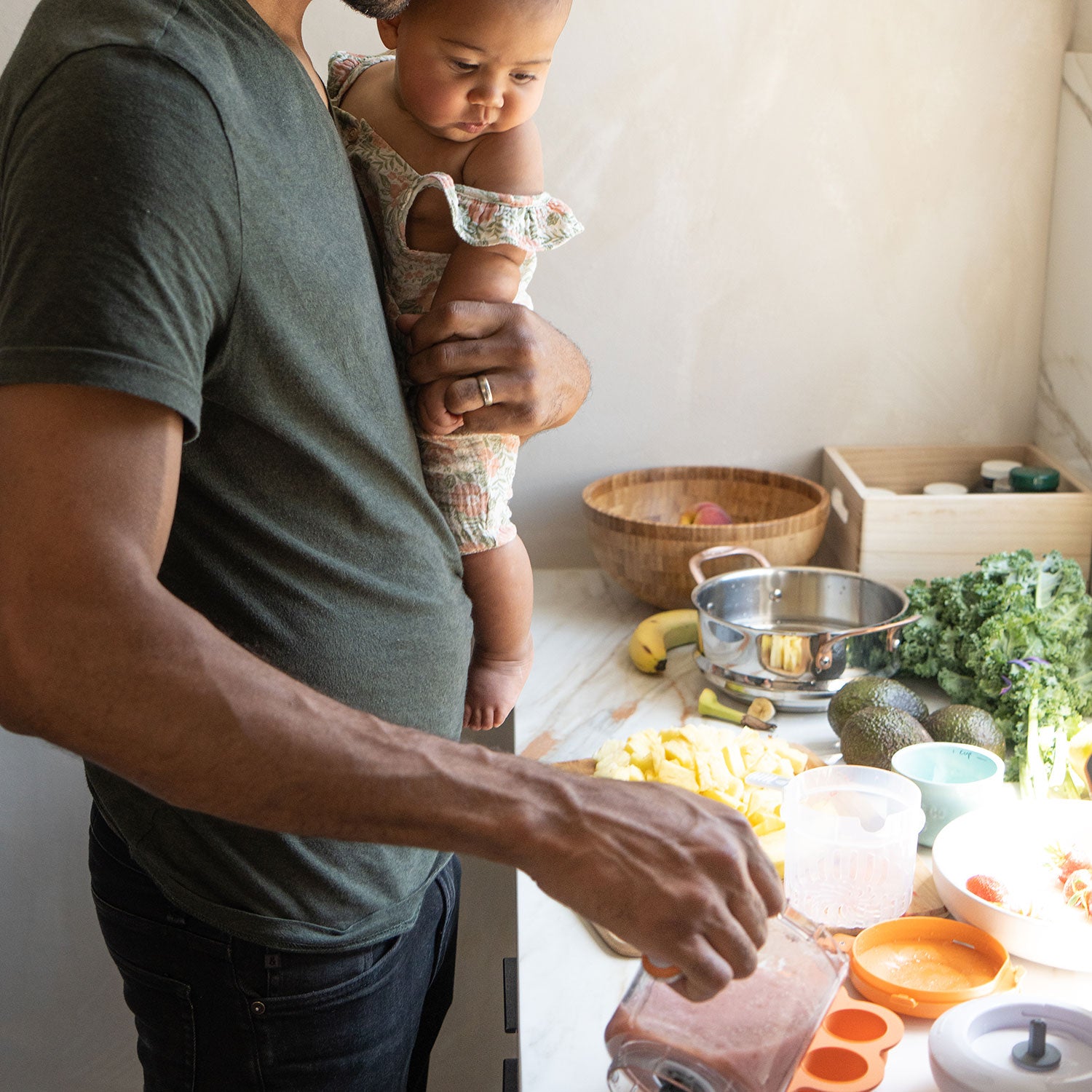


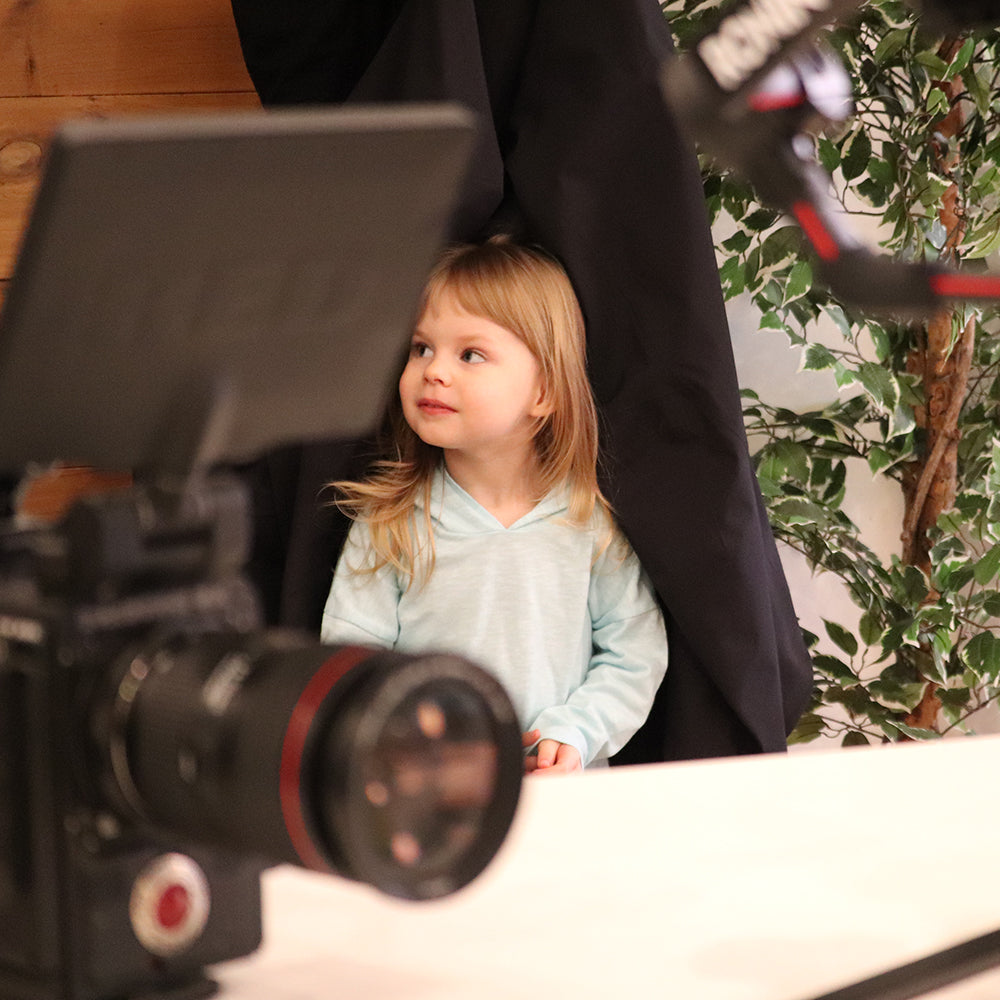
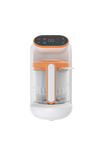
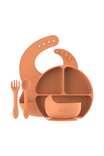
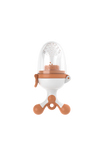
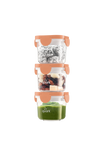
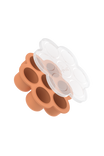

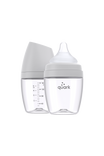
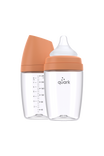

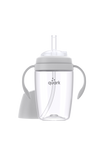
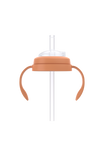
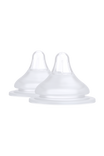

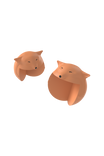


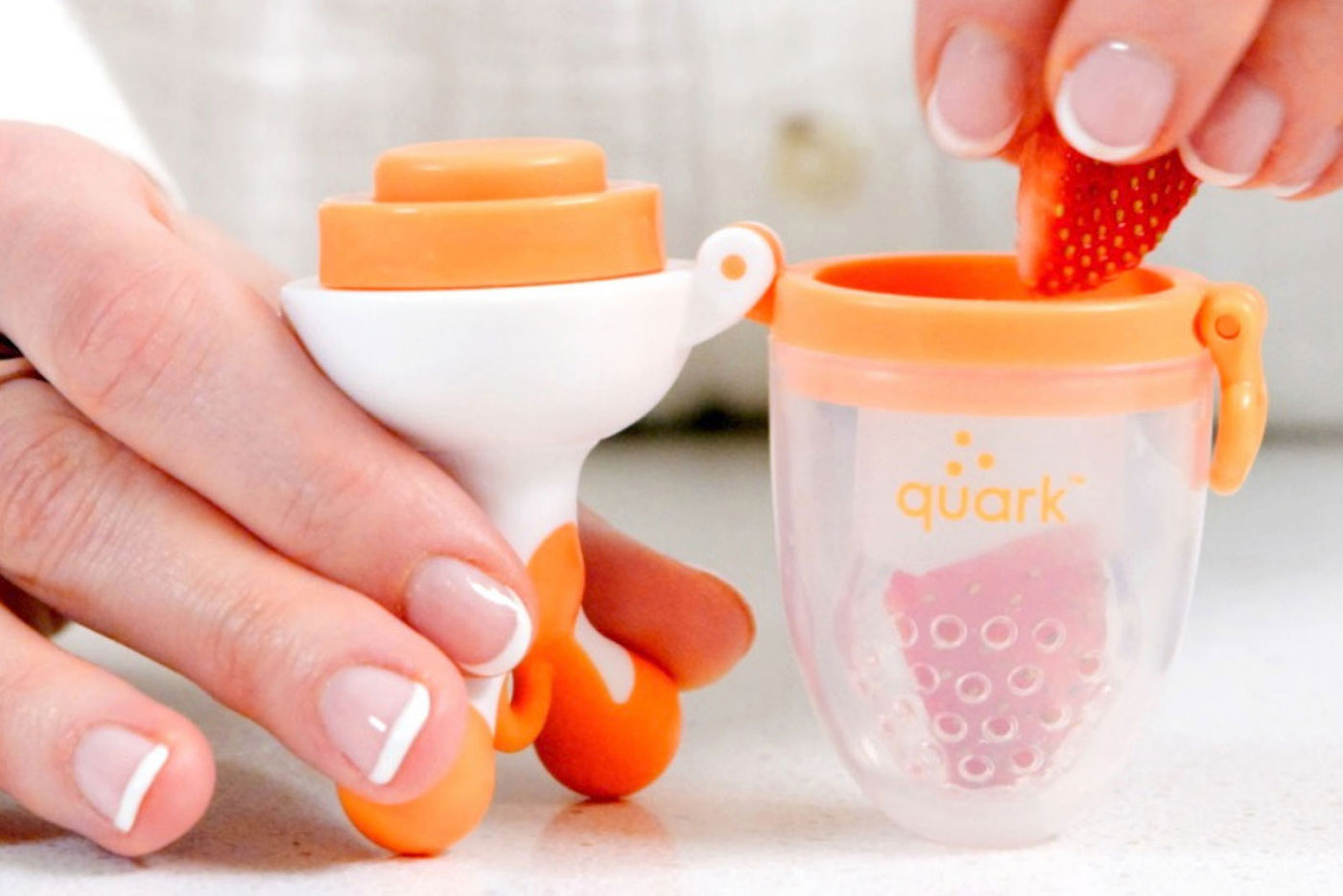
Laisser un commentaire
Tous les commentaires sont modérés avant d'être publiés.
Ce site est protégé par hCaptcha, et la Politique de confidentialité et les Conditions de service de hCaptcha s’appliquent.